6 gardening tasks for summer: Keep celery hydrated, feed tomatoes, sow garlic chives
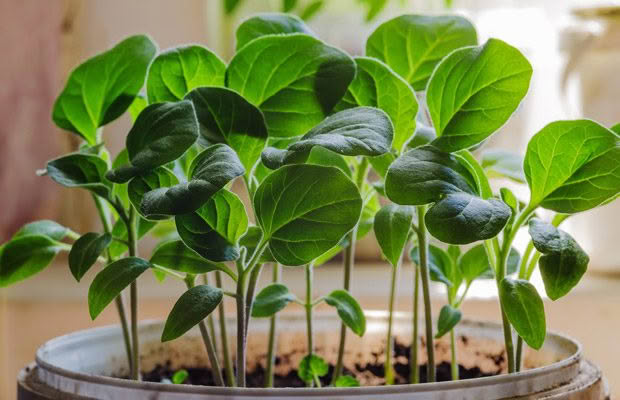
Water, liquid fertiliser and sun are the key ingredients to a fruitful late summer harvest.
Words: Jane Wrigglesworth
Feed tomatoes weekly or fortnightly with a liquid fertiliser. Avoid fertilisers high in nitrogen just before and during cropping. Too much nitrogen will encourage plants to produce leaves at the expense of flowers and fruit.
Remove the lower leaves of tomato plants to allow more light to penetrate, to improve air circulation, and deter disease. Leave the foliage higher up to protect the developing fruit from the sun.
Plant seedlings of broccoli, cabbage, capsicum, cauliflower, eggplant and tomato into compost-enriched soil.
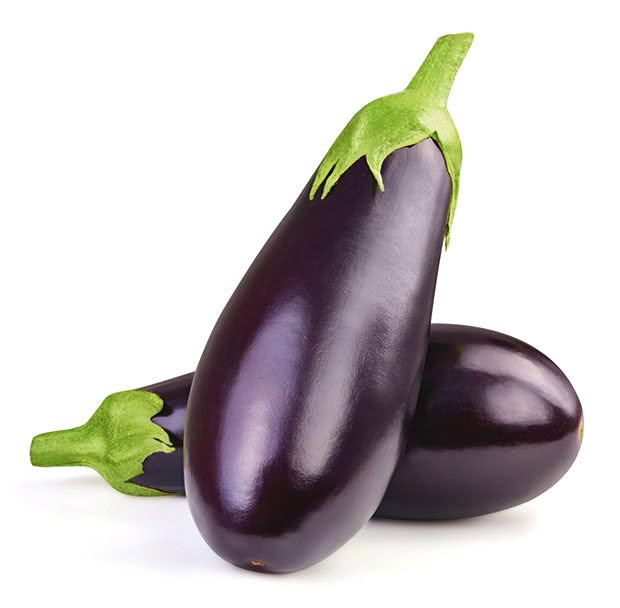
Love French cuisine? Plant French tarragon. It’s superior in flavour to Russian tarragon. French tarragon has narrower leaves than its Russian cousin, grows to 60-80cm, rarely flowers and does not set viable seed (it’s propagated by division); tarragon sold in seed packets will be Russian.
Get your plants from the herb section of your local garden centre. Plant in free-draining soil in full sun but provide afternoon shade in hot areas.
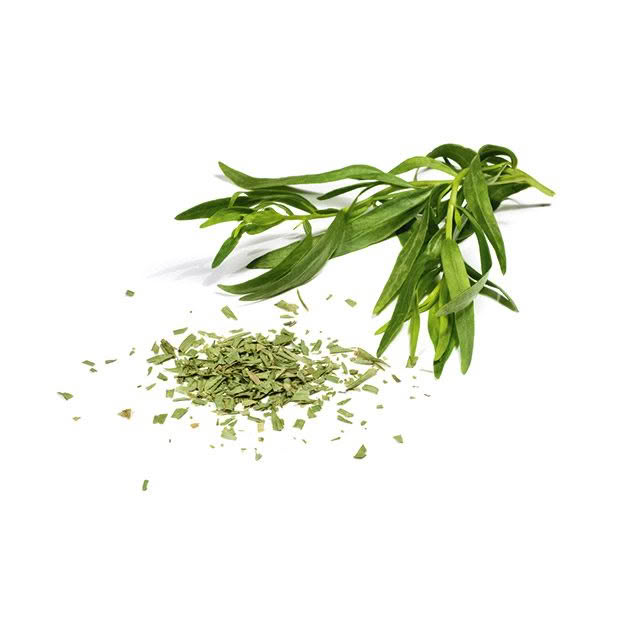
Sow beans, beetroot, carrots, corn, cucumbers, lettuces, radishes, silverbeet and zucchini directly into the soil.
Keep celery moist. Celery is a water hog, so ensure regular watering for crisp stalks. Plants will thrive with a fortnightly watering of seaweed or fish solution and a mulch of compost.
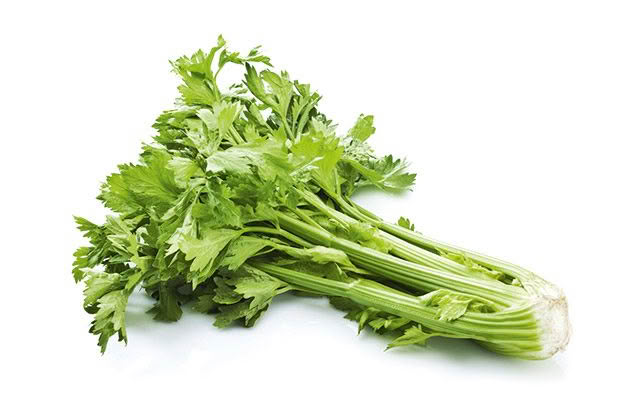
Sow or plant garlic chives in full sun and free-draining soil. Garlic chives can be harvested year-round, except in cold areas. They have a mild garlic flavour and their leaves are wide and flat, unlike common chives, which have round and hollow leaves; garlic chives also have white flowers, not purple. Keep soil moist. If very hot, provide some afternoon shade.
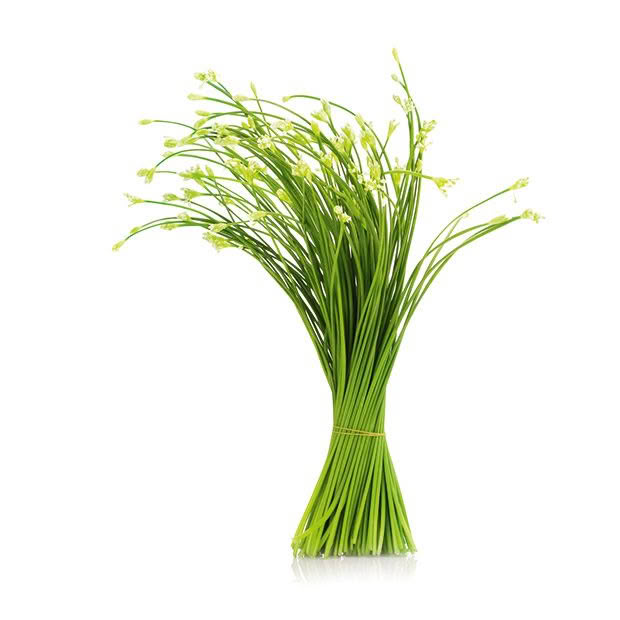
MORE HERE:
Love this story? Subscribe now!
 This article first appeared in NZ Lifestyle Block Magazine.
This article first appeared in NZ Lifestyle Block Magazine.
